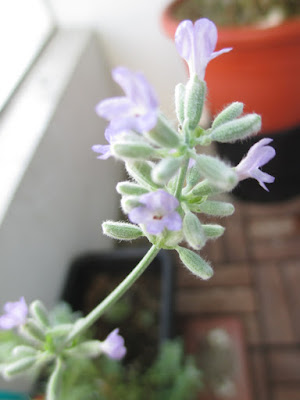Over the years, I received several requests from the media for interviews.
Due to the fact that I would only do these interviews in disguise, these interviews did not materialize.
I am a very private person. There is no reason good enough for me to sacrifice something as valuable as privacy.
OK, maybe, if someone were to offer me $1 million, I would consider. I am only half kidding. Seriously.
Anyway, when I received another request recently and apparently this is going to be a campaign in collaboration with Temasek Holdings, I offered them a series of blogs that tells my story instead.
I don't know if they will use them but I thought I could organize the blogs into an "e-book" to share with my readers too and here it is.
Chapter 1:
My family almost went bankrupt.
Why am I the way I am?
We are all products of our past experience.
Chapter 2:
Life was difficult and I wondered if Santa existed.
Be self-reliant.
No one is going to help us if we don't help ourselves.
Chapter 3:
To retire by 45, start with a plan!
What I have today started with a plan.
Want to achieve financial freedom? Have a plan.
Chapter 4:
Secret of my success.
Our philosophy in life will guide all our decisions.
Having the right philosophy is essential.
Chapter 5:
6 digits annual passive income.
It is mostly a lot of work but luck plays a part.
This is the honest truth.
Chapter 6:
How to make $1 million investing for income.
Do the right things and time will do the rest.
Be patient.
Chapter 7:
A wealth building strategy that has worked.
We cannot predict but we can prepare.
I will be happy if my story is able to inspire many more readers to seek financial freedom.
Gambatte!






































